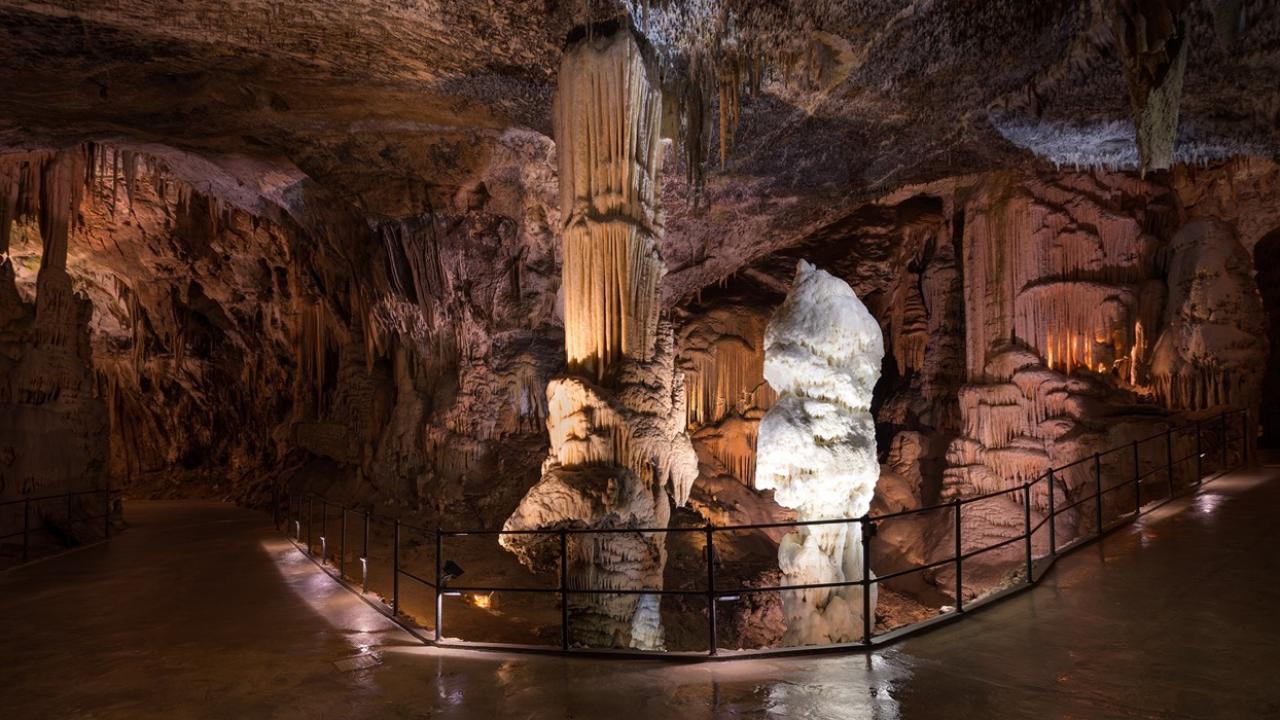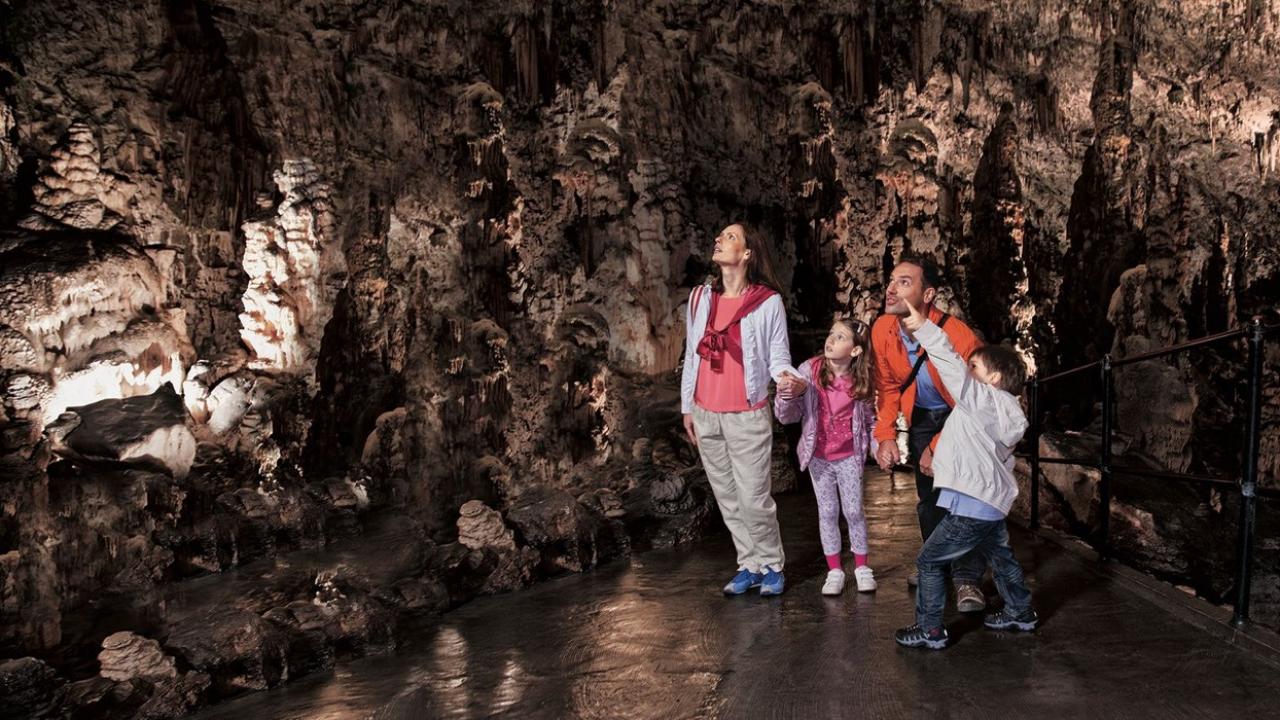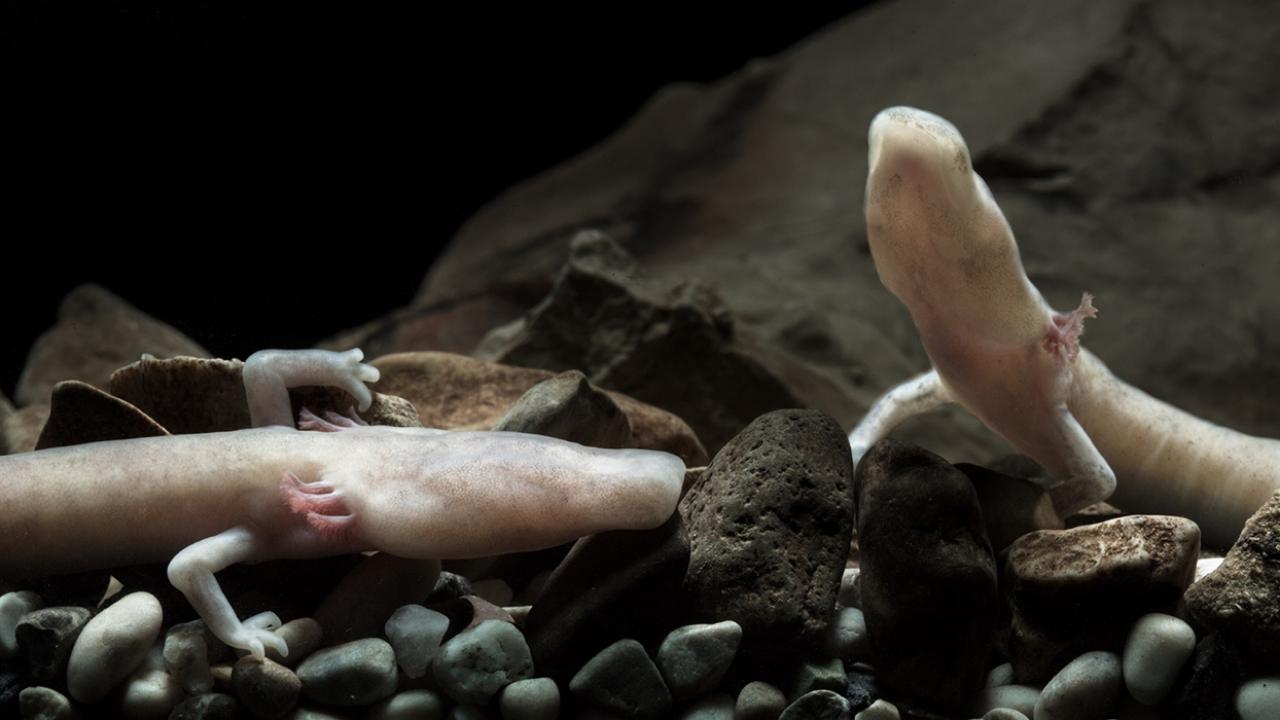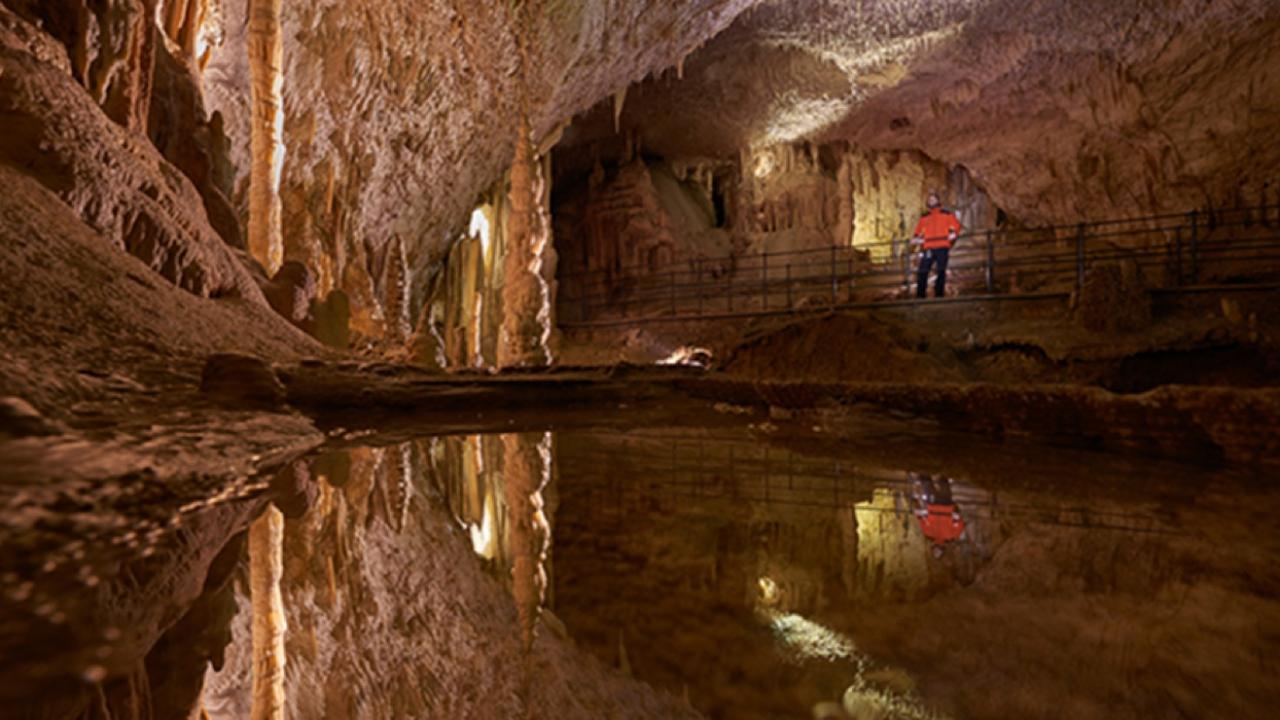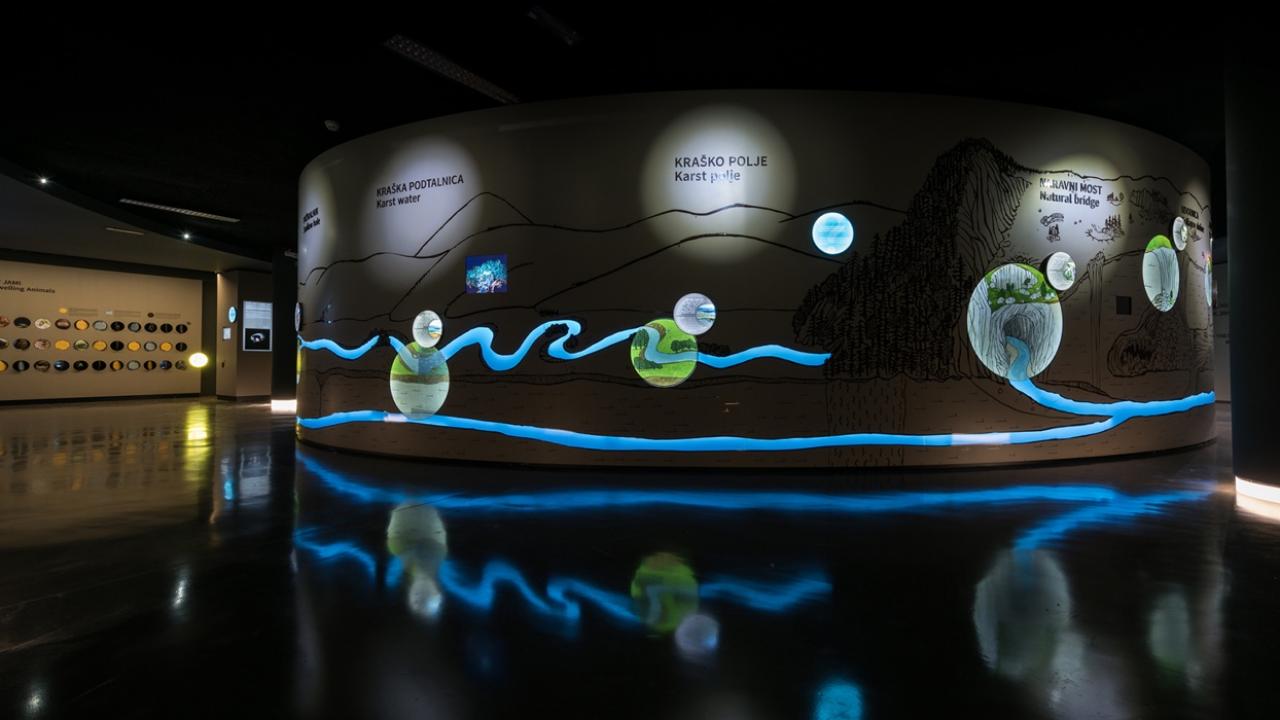Postojna Cave – a Global Show-Cave Trendsetter
"Show caves around the world play a significant part in preserving the cultural and natural heritage. They, however, also present an exceptional challenge in terms of sustainable development," said Brad Wuest, the President of the International Show Caves Association (ISCA) on the International Day of Caves and the Subterranean World, which is celebrated on 6 June. On the 200th anniversary of the discovery of Postojna Cave's most beautiful parts, he acknowledged the important role the cave has played throughout history, also in terms of setting out strict guidelines, which are followed by caves all over the world.
"Even though the subterranean world is a place which the modern world does not overly concern itself with, it has a far greater impact on us than it may seem at first glance," explains the president of the International Union of Speleology, George Veni of Mexico. The caves and the karst world impact the food we eat and the water we drink. The scientific exploration of caves shows climate change in the past and clearly predicts the future of our world.
Postojna Cave for a Better Tomorrow
A mere year after the great discovery (1819), the grand opening of Postojna Cave, which is still considered to be the largest show cave in Europe and one of the most fascinating caves in the world, had a profound impact on the global development of subterranean tourism. During the year when the cave is celebrating this important anniversary, it bears repeating that we have succeeded in preserving its beauty mostly due to our attitude towards nature and the strict rules, which – based on our practice – other show caves around the world are aiming to follow. The philosophy of our activities has been summed up by the managing director of Postojna Cave, Marjan Batagelj, with a simple sentence: "Anything that is good for the cave!"
Strict Rules
All the knowledge and awareness of the importance of the karst world resulted in the establishment of the strictest regime and the standards concerning cave visits (Cave Conservation Act). Therefore, experts from all over the world most often turn to Postojna Cave when seeking advice and valuable experience. At Postojna Cave, we advocate strict cave etiquette, we do everything we can to maintain peace and quiet inside the cave and we draw the attention of the general public to the importance of clean water. Another important component of sustainable development is well-thought-out lighting, which does not destroy the natural heritage. Postojna Cave visitors are impressed by the biodiversity of the subterranean world and by the mystery surrounding the olms. And it is this extremely sensitive cave-dwelling animal, which requires a clean and peaceful environment to grow, that is the highest commendation given to us by nature itself for our efforts in striving for sustainable development. It therefore comes as no surprise that Postojna Cave was the reason the Karst Research Institute, the world's most renowned and well-established karstology institution, was established in Postojna.
Commitment to Education
Members of the International Show Caves Association recognise Postojna Cave as the cradle of speleobiology. It was right here, in Postojna Cave, where the first cave-dwelling animal was found in 1831, namely the slenderneck beetle. The beetle's discovery disputed the previous belief that there was no life inside caves. Later, some 150 other animal species were discovered inside the cave, including the undoubtedly most famous one, the olm. An especially important part in raising visitors' awareness and educating them is played by our licensed tour guides, who guide visitors around the cave, and by the EXPO Cave Karst exhibition, which offers an insight into the history of karst formations. The exhibition boasts interactive and 3D presentations, which makes it interesting both for visitors who know nothing about caves and for experts. For all its innovative features, the exhibition has won the Sejalec award given by the Slovenian Tourist Board for creative and innovative tourism-related achievements.


 slovenščina
slovenščina Deutsch
Deutsch italiano
italiano Hrvatski
Hrvatski français
français español
español polski
polski čeština
čeština magyar
magyar Русский
Русский Nederlands
Nederlands Português
Português 한국어 [韓國語]
한국어 [韓國語] 中国的
中国的 日本語
日本語 עברית
עברית